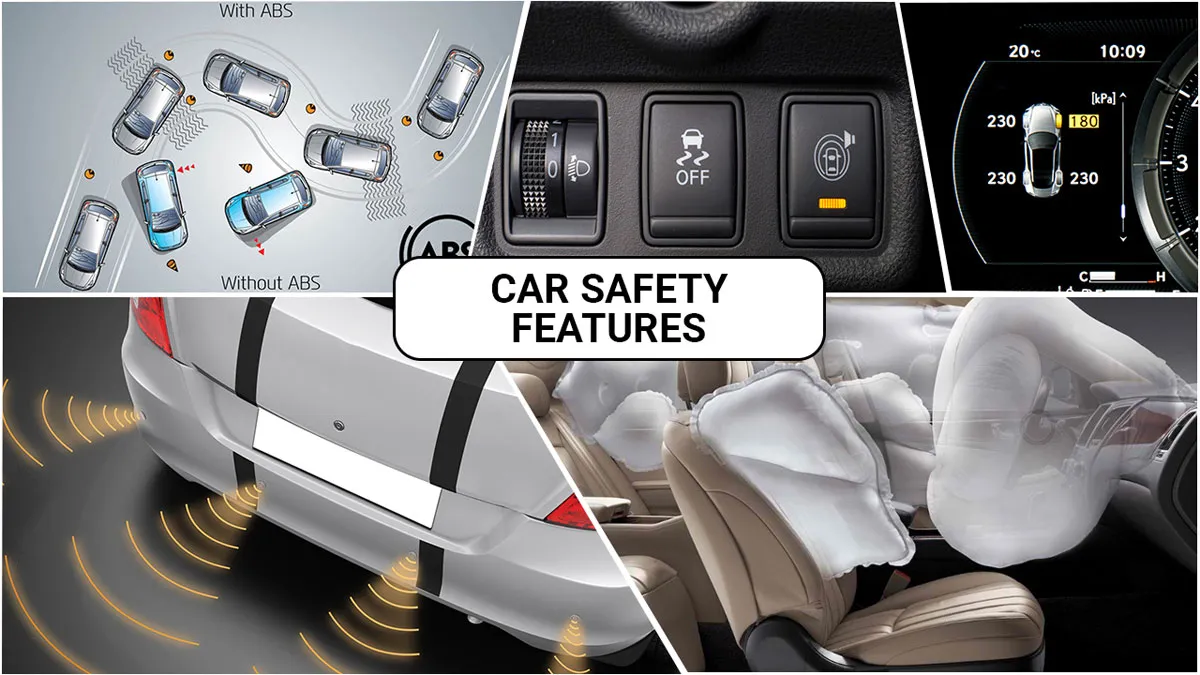When purchasing a car, safety should be one of the top priorities. Advances in automotive technology have significantly enhanced safety, offering features designed to protect drivers, passengers, and pedestrians. Here’s a comprehensive guide to the essential car safety features you should consider when buying your next vehicle.
1. Crash-Test Ratings
Before diving into specific features, check the crash-test ratings of the car. Organizations like the National Highway Traffic Safety Administration (NHTSA) and the Insurance Institute for Highway Safety (IIHS) conduct rigorous tests to evaluate how well vehicles protect occupants in various crash scenarios. A car with high ratings from these institutions provides a solid foundation of safety.
2. Airbags
Airbags are a standard feature in modern cars, but it’s worth examining their coverage. Look for vehicles with advanced airbag systems, including:
- Front airbags
- Side-impact airbags
- Curtain airbags
- Knee airbags
These additional airbags provide enhanced protection during collisions from various angles.
3. Anti-Lock Braking System (ABS)
ABS prevents the wheels from locking up during hard braking, allowing the driver to maintain steering control. This feature is particularly crucial in slippery conditions, such as rain or snow.
4. Electronic Stability Control (ESC)
ESC helps prevent skidding and loss of control by automatically applying brakes to individual wheels. It’s especially beneficial during sudden maneuvers or on slippery roads, reducing the risk of rollovers.
5. Traction Control System (TCS)
TCS works in conjunction with ESC to prevent wheel spin during acceleration. It ensures maximum grip and stability, particularly on wet or icy surfaces.
6. Advanced Driver Assistance Systems (ADAS)
Modern vehicles are equipped with a suite of ADAS technologies that enhance safety. Key features include:
- Adaptive Cruise Control (ACC): Maintains a safe distance from the vehicle ahead.
- Lane Departure Warning (LDW): Alerts you if you unintentionally drift out of your lane.
- Lane Keeping Assist (LKA): Gently steers the car back into its lane if it drifts.
- Blind Spot Monitoring (BSM): Warns you of vehicles in your blind spots.
- Rear Cross Traffic Alert (RCTA): Detects approaching traffic when reversing.
7. Automatic Emergency Braking (AEB)
AEB systems detect potential collisions with vehicles, pedestrians, or obstacles and apply brakes automatically if the driver doesn’t react in time. This feature significantly reduces the risk of accidents.
8. Rearview Camera and Parking Sensors
Rearview cameras provide a clear view of what’s behind the vehicle, while parking sensors alert you to obstacles. Together, they make parking and reversing much safer.
9. Tire Pressure Monitoring System (TPMS)
TPMS monitors the air pressure in your tires and alerts you if it drops below a safe level. Proper tire pressure improves handling, fuel efficiency, and reduces the risk of blowouts.
10. Night Vision and Adaptive Headlights
Night vision systems use infrared technology to detect pedestrians and animals in low-light conditions. Adaptive headlights swivel in the direction of your steering, improving visibility around curves and corners.
11. Pedestrian Detection
This feature identifies pedestrians in your path and alerts you or applies emergency braking to avoid collisions, enhancing safety for both drivers and pedestrians.
12. Child Safety Features
If you’re a parent, prioritize child safety features such as:
- LATCH (Lower Anchors and Tethers for Children) systems for car seats
- Child safety locks on rear doors
- Rear seat reminders to prevent accidentally leaving a child in the car
13. Crash-Avoidance Technology
Beyond AEB, other crash-avoidance systems like forward collision warning and side collision warning provide additional layers of protection by alerting you to imminent dangers.
14. Structural Integrity and Design
A car’s structural integrity plays a critical role in crash safety. Look for vehicles with a high-strength steel frame and crumple zones that absorb impact energy. Roof strength is also essential, particularly for rollover protection.
Conclusion
Investing in a car with comprehensive safety features can mean the difference between life and death in a crash scenario. While advanced safety technologies often come at a premium, the peace of mind they provide is invaluable. Research thoroughly, test drive, and consult safety ratings to ensure your next vehicle prioritizes protection for you and your loved ones.

